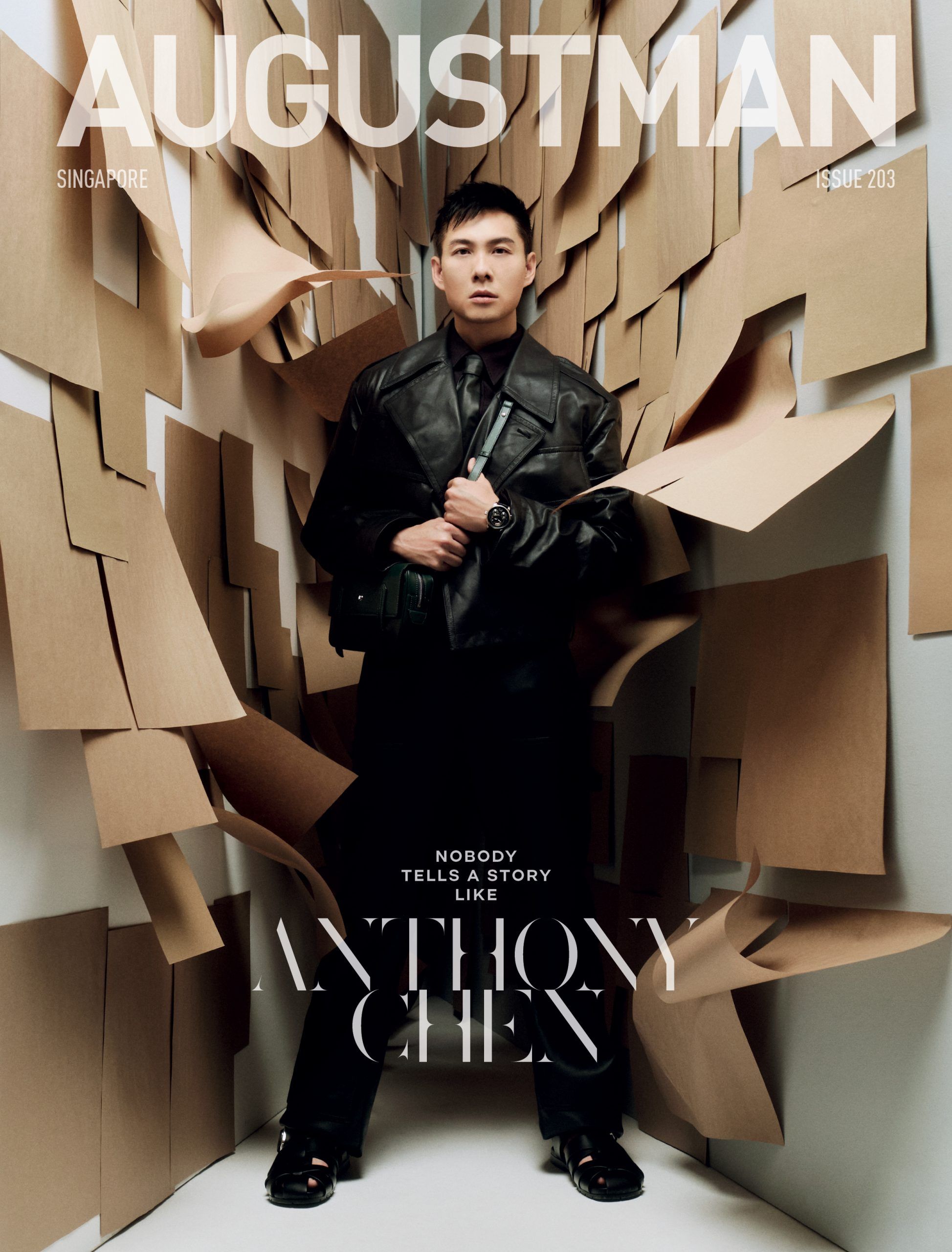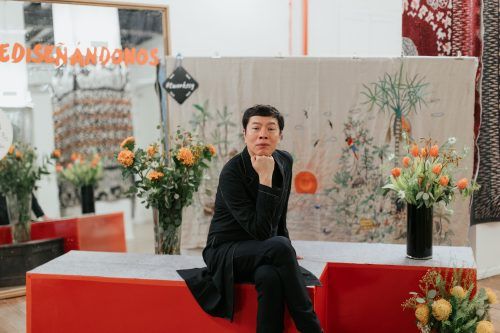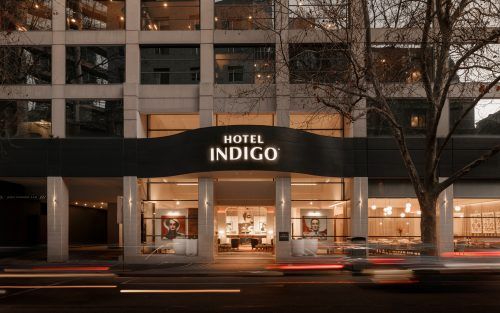Dr. William Lim is a name people in the architectural sphere know all too well. As a founder of CL3 Architects, Lim has been behind some iconic projects in Asia. Some of the designs he has lent his expertise to include Singapore’s Marina Bay Sands and Hong Kong art hub H Queen’s.
However, William Lim is also a prominent figure in the world of art. Both a collector and a painter, the artist is hosting his first solo exhibition here in Singapore. Held at WOAW Gallery in Chinatown, ‘In Search of Nocturnal Worlds’ sees 15 paintings of Lim’s all of which are inspired by Lim’s fondest memories of Singapore and visiting the Night Safari with his family over 25 years ago.
According to the artist, his art has been particularly helpful record and comprehend what was happening around him during the pandemic. His artform also offers an insight into Lim’s creative mindset, one that’s beyond the realm of architecture.

Visually stunning and thought-provoking, ‘In Search of Nocturnal Worlds’ is not just a celebration of Lim’s artistic achievements but also a tribute to the importance of nature and the need to preserve it. In this exclusive interview with AugustMan, William Lim touches on art and architecture, his influences and what he hopes audiences take away from his paintings.
‘In Search of Nocturnal Worlds’ is your first solo exhibition, as an artist how does it feel to achieve this milestone?
I am very excited to have this opportunity to show in Singapore. People in Hong Kong know me well and I have a good collectors base there. I have shown my paintings in Singapore before at Art Stage Singapore, when they invited me to do a special display there, but this is the first time I am showing in a gallery setting. I am very honoured and at the opening I met many new collectors and I and greatly encouraged by their warm reception to my paintings.
How would you describe your art style and what were your earliest influences?

I would describe my paintings as “Figurative Abstraction”. I like figurative oil and have collected works on this medium for many years. However, it is more important for viewers to interpret my paintings rather than see literal representations, so I wanted to inject more abstract expressions in my brushwork to tell the story. I think this was very well experimented by impressionists such as Monet, Van Gogh, Gauguin. Although they have been an early influence, I wanted to develop my own style. I pushed the intensity of my colours and added my Asian roots to my paintings.
Have you always painted or is it something that you pursued more actively after pursuing your career as an architect?
I love painting since I was a child and took many classes in my teens. When I pursued architecture I had less time to paint. Sketching and drawings to communicate my idea is crucial in architecture so that took over painting for many years.
Your paintings are often dark, intense and textured; can you tell us about the methodology behind this approach?
My paintings usually take about a month to complete. I see them each as a journey. From start to finish, this process includes many layers of application in creating a complex image. Sometimes I rework them and change the colours or composition. I don’t start with a preconceived image but let it evolve over the course. I leave traces of earlier layers that maybe worked over. This is how I build up the richness and intensity that I want in my paintings.
Has your artistic approach helped with your architectural approach and vice versa in any way and if so can you briefly elaborate on it?
This approach of layering is very architectural. In my design presentation I have to communicate spaces or architectures that have not been built yet, so I am very conscious of how I communicate and how I can inspire my clients to understand my idea. This works for my paintings, which viewers are often captivated emotionally by them.
Where would you say is the main source of inspiration for your artwork?

I draw inspiration from many things, but I would say film and stage design are strong influence for my paintings. I frame my paintings often with a one-point perspective that is often used in films.
What piece of art in this series would you say best represents you as an artist and why is that so?
The most important works are Night Safari 2, 3, 4, which I see as collectively expressing Chinese Pine, Bamboo, Cherry Blossom, the three friends that defend the strong force of winter. I feel they altogether represent my heritage, yet a new breakthrough in my painting experimentation with stronger layers and colours. I also see my paintings as storytelling so they are not necessarily individuals but can be read in a group. This is why I find these 3 works to be particularly important to me.
‘In Search of Nocturnal Worlds’ by William Lim is currently exhibited at WOAW Gallery Singapore until 22 July 2023.
(Images: Courtesy of the artist and WOAW Gallery)












